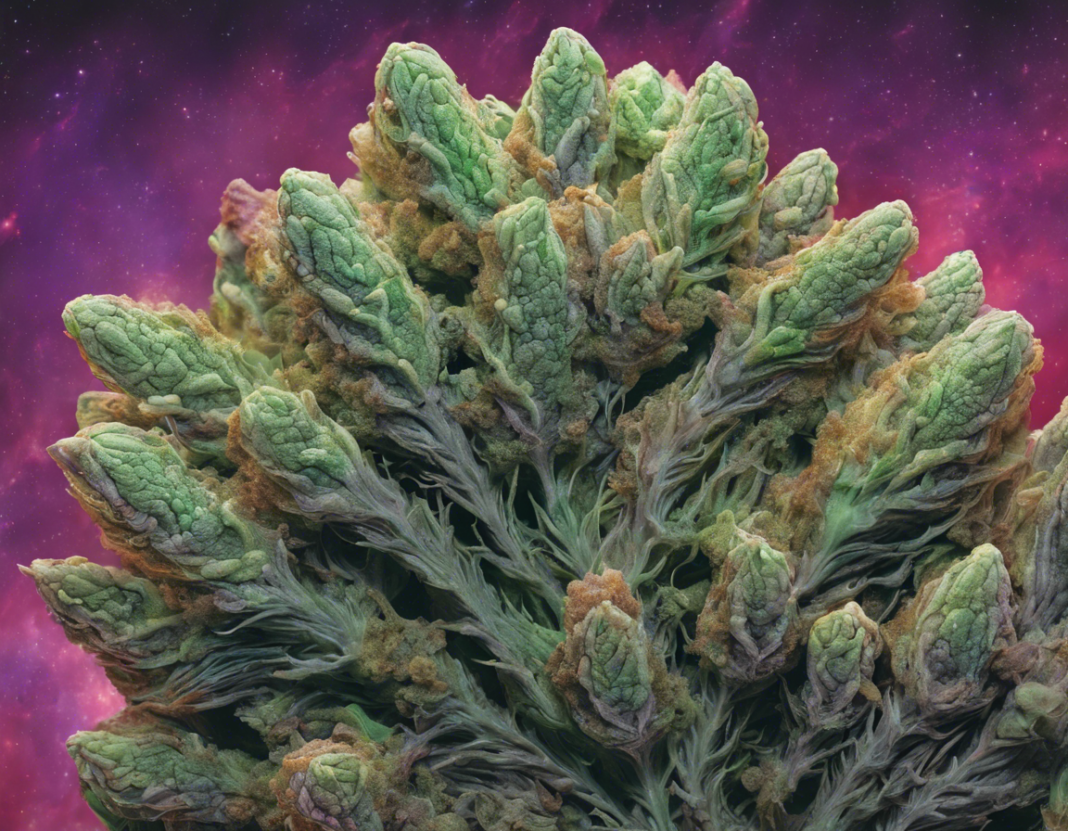Introduction
The Xeno Strain mystery has long perplexed scientists and researchers in the field of microbiology. This enigmatic strain of bacteria has showcased remarkable characteristics that challenge our understanding of microbial life. In this comprehensive guide, we will delve into the depths of the Xeno Strain mystery, exploring its origins, unique features, potential applications, and the ongoing research aimed at unraveling its secrets.
Origins of the Xeno Strain
The Xeno Strain was first discovered in a remote cave system deep within the Amazon rainforest. Initial samples collected by a team of biologists revealed a bacteria unlike any other previously identified by the scientific community. Its genetic makeup displayed a perplexing combination of genetic material from various microbial species, hinting at the possibility of horizontal gene transfer on an unprecedented scale. This genetic hybridity has since become a focal point for researchers seeking to understand the origins of the Xeno Strain.
Unique Features and Characteristics
One of the most striking aspects of the Xeno Strain is its resilience in harsh environmental conditions. Laboratory tests have shown that this bacteria can survive extreme temperatures, pH levels, and radiation exposure, leading scientists to speculate on its potential applications in bioremediation and bioengineering. Furthermore, the Xeno Strain displays rapid growth rates and an ability to metabolize a wide range of organic compounds, making it a versatile candidate for biotechnological innovation.
Potential Applications in Biotechnology
The adaptable nature of the Xeno Strain has captured the interest of biotechnologists looking to harness its unique properties for various applications. One area of focus is in bioremediation, where this bacteria could be used to clean up polluted environments by degrading toxic chemical compounds and heavy metals. Additionally, the Xeno Strain shows promise in pharmaceutical research, with its bioactive compounds demonstrating antimicrobial and antiviral properties that could lead to the development of novel medicines.
Ongoing Research and Future Prospects
As scientists continue to study the Xeno Strain, new discoveries are being made that shed light on its evolutionary history and adaptive mechanisms. Advanced genomic sequencing techniques are helping unravel the complexity of its genetic mosaic, while metabolomic studies are elucidating its metabolic pathways and biological interactions. The future prospects for the Xeno Strain are vast, with potential applications in agriculture, environmental conservation, and biomedical research on the horizon.
Frequently Asked Questions (FAQs)
- What makes the Xeno Strain unique?
-
The Xeno Strain showcases a hybrid genetic makeup derived from multiple microbial species, conferring it with exceptional resilience and metabolic versatility.
-
Where was the Xeno Strain first discovered?
-
The Xeno Strain was initially found in a remote cave system within the Amazon rainforest, raising questions about its evolutionary origins.
-
What are the potential applications of the Xeno Strain in biotechnology?
-
The Xeno Strain shows promise in bioremediation, pharmaceutical research, bioproduction, and other biotechnological endeavors due to its adaptable nature.
-
How does the Xeno Strain contribute to environmental conservation?
-
By degrading pollutants and toxins in the environment, the Xeno Strain plays a crucial role in cleaning up contaminated sites and promoting ecological health.
-
What are the challenges in studying the Xeno Strain?
- The complex genetic composition of the Xeno Strain presents challenges in deciphering its molecular mechanisms and evolutionary history, requiring advanced research techniques.
In conclusion, the Xeno Strain mystery continues to captivate the scientific community with its intriguing characteristics and promising potential in various fields of biotechnology. Through ongoing research efforts and collaborative studies, we aim to unlock the secrets of this enigmatic bacterium and harness its benefits for a sustainable future.
